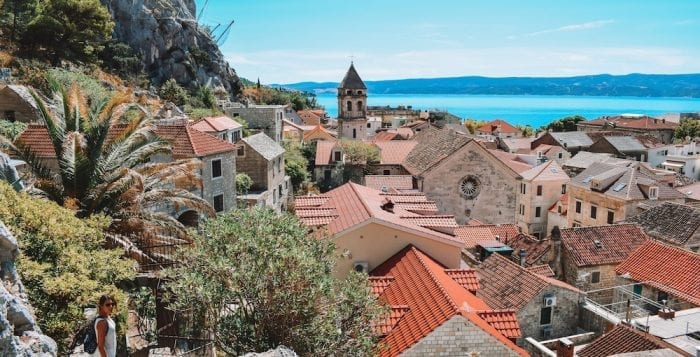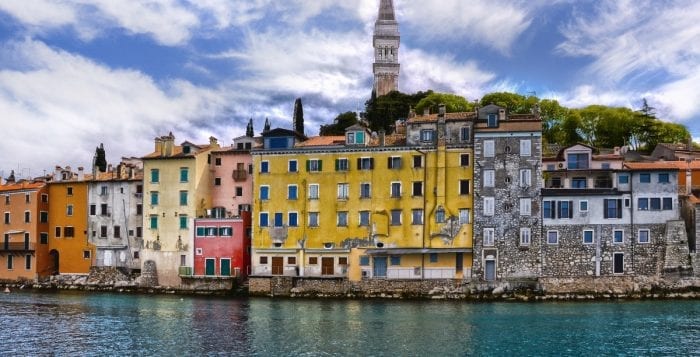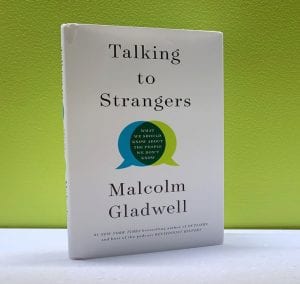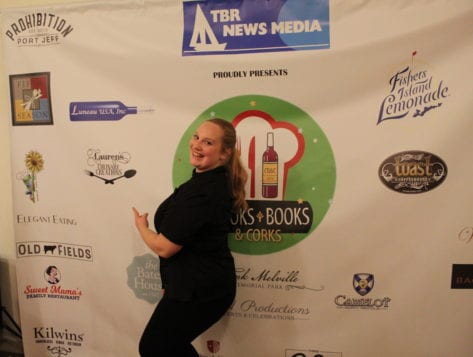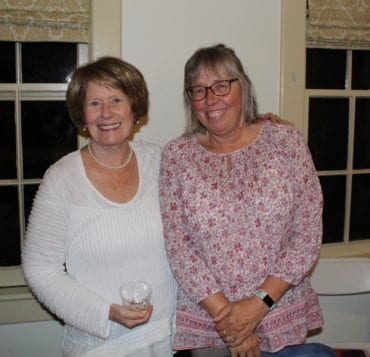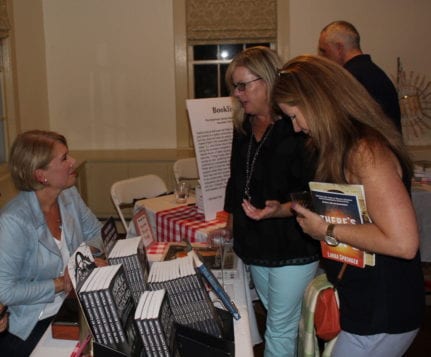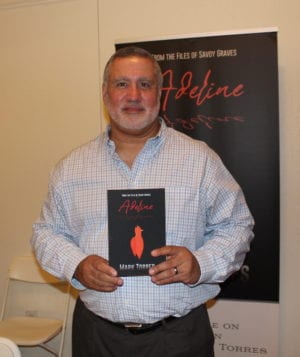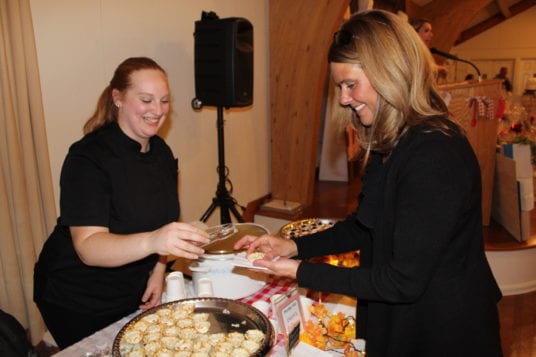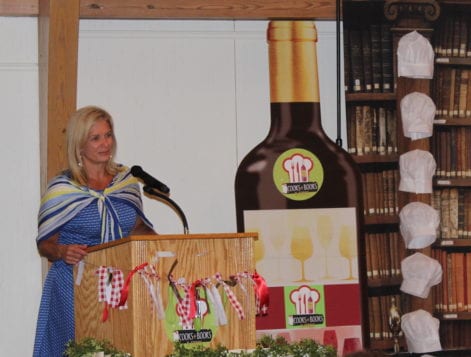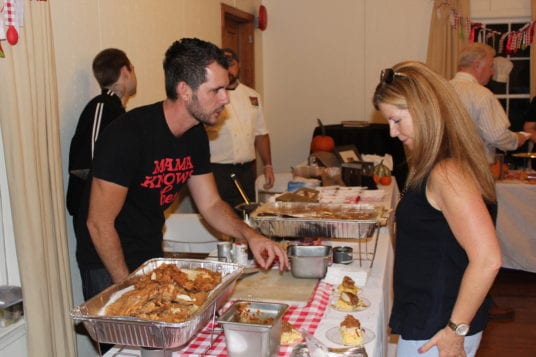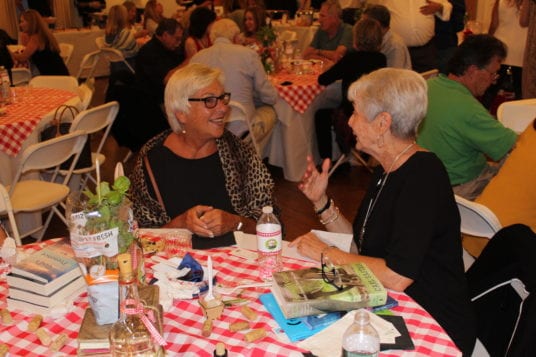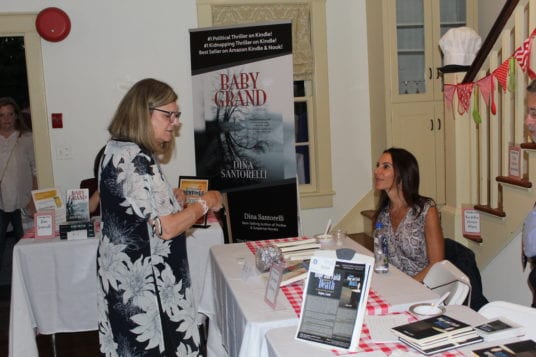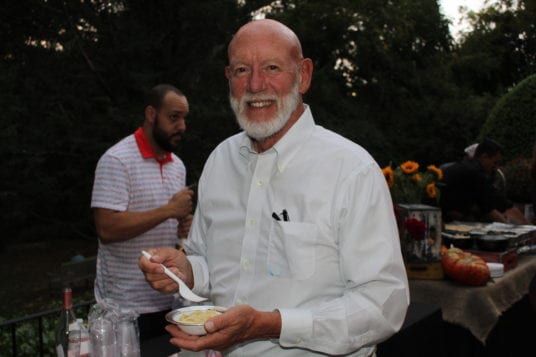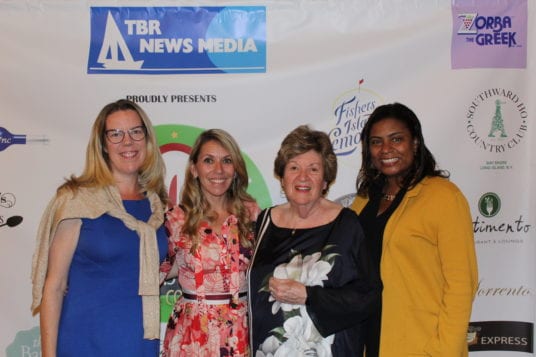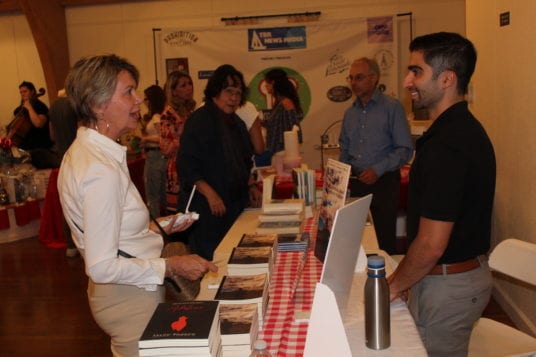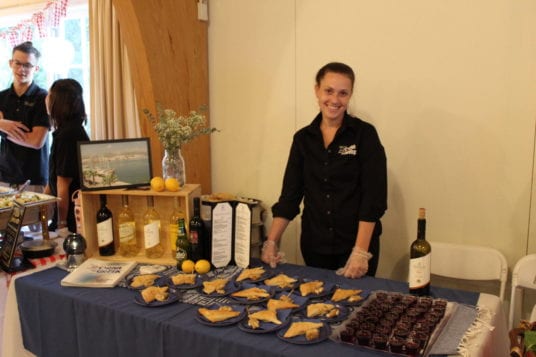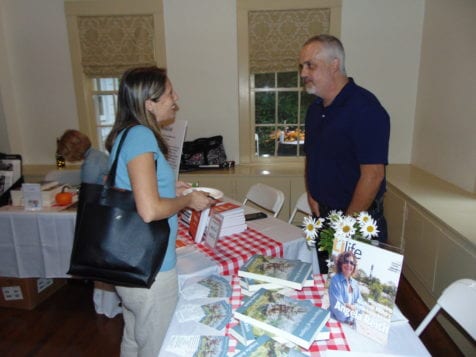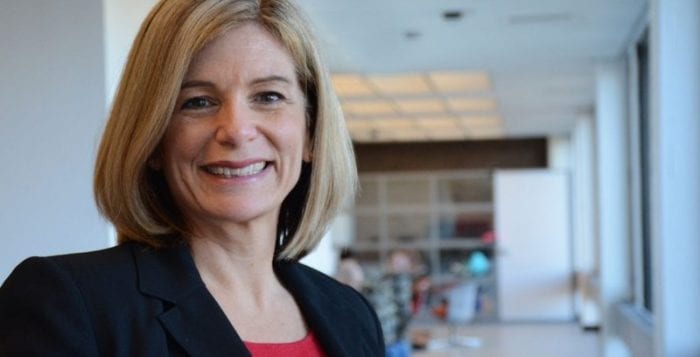By Leah S. Dunaief

Continuing our sailboat-and-diesel cruise down the Dalmatian Coast on the Adriatic, we next stopped in Split, the second largest city in Croatia. Again, located against the backdrop of steep limestone mountains, Split is particularly known for its beaches and Diocletian’s Palace.
Built for the Roman emperor, Diocletian, at the turn of the fourth century, and built like a Roman military fortress, the palace was at one time the home of thousands of inhabitants and its 200 buildings are surrounded by white stone walls. Today, the palace is a sprawling Romanesque destination spot for tourists, and it also offers bistros, hotels, shops and a cathedral, some of which are underground.
The city, like the rest of Croatia, was variously part of several empires throughout the centuries, including that of Austria-Hungary and Venice. Its importance, because of its coastal location and proximity to both Europe and the East, was as a trading center. Now it is a picturesque stop on the Dalmatian Coast.
With the mountains along the shore getter ever steeper, we cruised on to Dubrovnik on the southern coast of Croatia. The Old Town is surrounded by massive walls, extended until the 17th century, and features fabulous examples of Baroque, Renaissance and Gothic architecture. Paved with limestone and lined with shops and restaurants, the city is built along the shore and up the sides of the mountains, a natural magnet for photographers. There is even a cable car to ascend the undeveloped upper mountainsides. We rode back down in one such car at sunset, marveling at the beauty of the city as the lights came on below us in the houses and shops, and on the many boats in the distant harbor.
Dubrovnik is particularly known for its wealth and its diplomacy. The first was much the result of the second. During the many centuries of warfare and strife among the surrounding empires, the rulers of Dubrovnik, established along the doge and city council pattern of Venice, were able to avoid invasion. They paid tribute to the sultan of the Ottoman Empire and to others throughout the years by using the wealth they accumulated from their favorable trading position along the coast and from the sale of their precious natural resource: salt.
Further evidence of their diplomatic skill extends even to the American Revolution. They were able to provide ships that carried pelts from Baltimore, Philadelphia and New York to Marseilles, France, because they had gained the status of safe passage from the colonists and were not fired upon during hostilities.
Slave trading was abolished in Dubrovnik, then part of the Republic of Ragusa, as early as 1418. The city, along with its neighbor to the north, Split, is on the UNESCO World Heritage Site List. And although Dubrovnik was heavily shelled in the early 1990s from Bosnia-Herzegovina, the city has been carefully rebuilt to authentically reflect its medieval and renaissance history and architecture. Visitors can see where the lower old stones of buildings remain and where the newer, careful reconstruction has replaced the demolished tops and roofs. Dubrovnik is the pearl of the Adriatic and the city that attracts the most visitors to Croatia.
Last along the coast is Montenegro, named by the Italian sailors as “black mountain” for the steepness and hence frequent cloud cover that blocked out the sun above the mountainsides. Montenegro is a republic and offers tourists some of the most rugged terrain in Europe. There is much wild greenery and most of the areas have only one lane roads. We visited an olive oil farm while there, enjoying sight of the ancient methods of making olive oil compared now with computerized processes.
On the way, we stopped to overlook the Bay of Kotor, a strategically important site of great natural beauty. Though not a member of the European Union yet, it is the government’s goal to join by 2025. Nonetheless the country uses euros and looks to develop into an elite tourist destination. At this time, its economy is dependent on direct foreign investment, and the Chinese and Arabs are competing there for developmental control.
Next: Back to the Italian Coast.

